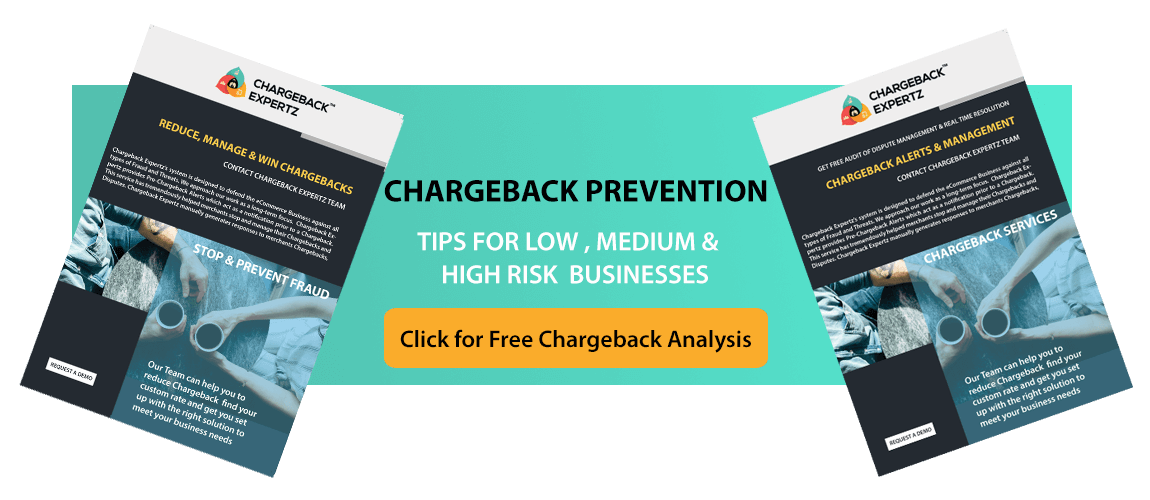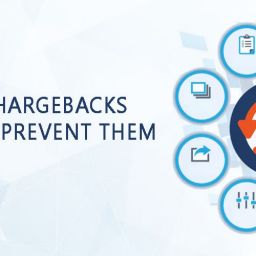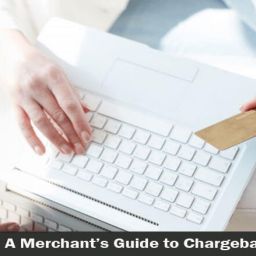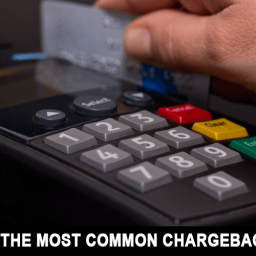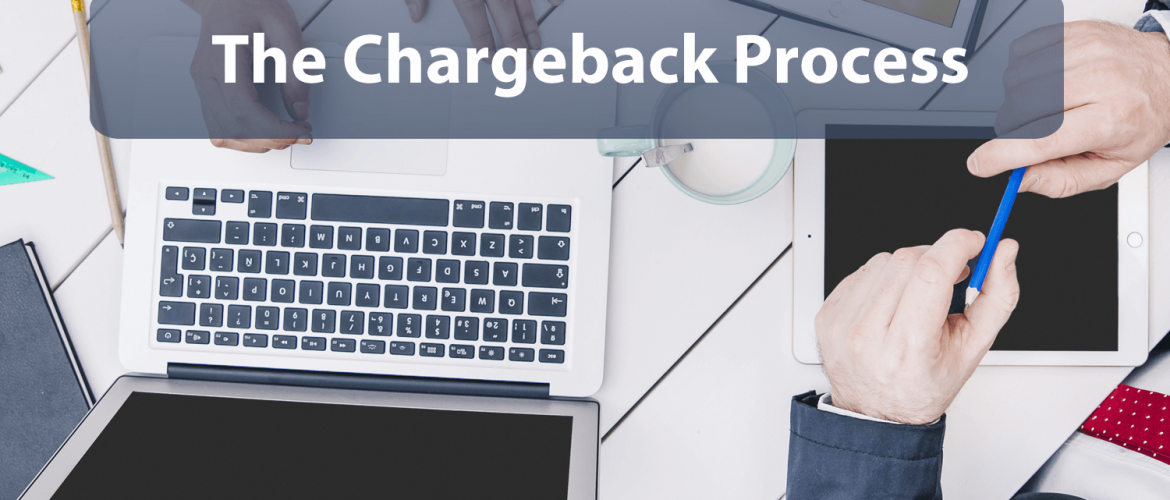
Normally, when we talk about term ‘process. First thing that comes in our minds is ‘following instruction step by step till the end’ but it is not the case with chargeback process. In chargeback process, you may have to jump from step 2 to step 10 straight away and then back to step 3, depending upon requirement. It is not rocket science to understand chargeback process but it is not that easy either. For better understanding. We will discuss about chargeback. Who & what is involved in chargeback and pre & post chargeback activities in this blog.
Chargeback process
Chargeback is a type of security provided to cardholder against any unauthorized credit or fraudsters. If customer feel cheated, he can file chargeback within certain time span. On request of customer, issuer bank performs necessary investigation and decides where to approve or deny chargebacks. Although chargeback process includes many steps, to make it simpler to understand we have divided the whole process into 10 steps including Pre and post activities. Now, as you have got little idea about what chargeback process is, let us discuss it in details.
Pre-process activities
Issuing bank has to submit request about chargeback dispute to the merchant which cardholder has filed against credit transaction. This request includes transaction documentation which is helpful in making decision about whether to validate or disprove chargeback. The request is transferred through proper channel.
Merchant | Acquiring bank | Card network | Issuingbank
Pre-Process Activities and Requests
Step 1: Purchase is disputed
The major card networks (like MasterCard, Visa and American Express) guarantees zero-fraud liability to its customers by providing facility to dispute unauthorized or fraudulent transactions which may be caused due to dishonest merchant or a fraudster who obtained card information unlawfully. Customer/cardholders can easily avail the right to dispute any transaction by simply contacting issuing bank.
Step 2: Reviews of underwriter
Once the transaction is disputed, it is job of underwriter (issuing bank) to review the claim and decide according whether to pass on the request to card network or not, on the basis of evidence gathered.
- If cardholder’s request/claim is found invalid, the chargeback process ends there & then and cardholder is notified about the same.
- If cardholder’s claim is proved to be genuine, further investigation is done and chargeback process continues to next step.
Step 3: Reimbursement
If the underwriter approves the request/claim, issuing bank immediately refunds the disputed amount to customer. At the same time, card network who act as middleman between customer and merchant, provides data connection and initiates the funds to issuing bank from merchant’s bank account.
Step 4: Hand-offs
Once the chargeback is submitted to card network, it is then passed to acquiring bank by card network. Both the financial institutes interchange the documents to prove its side and digs deeper to serve the interest of their clients. But this process is not free of cost, merchant needs to pay chargeback fee which may result in amount more than the transaction amount in some cases.
Chargeback fee includes:
- Processing fees
- Network fees
- Interchange fess
Step 5: Chargeback received by merchant
It is duty of acquiring bank to notify merchant about chargeback, once it receives request from card network. Merchant, in return, can dispute chargeback through online portal of merchant account processor or via E-mail. This notification includes the instructions to respond to chargeback and is basically a ‘call-to-action’ for merchant to prepare and gather compelling evidence, which he can submit if decided to dispute chargeback.
Step 6: Response
When merchant receives the notification from acquiring bank about the chargeback, it is merchant’s decision to dispute it or not. If merchant decides not to dispute chargeback, the process comes to an end but if merchant decides to dispute a chargeback, he needs to submit his respond within ‘chargeback time limit’. Sometimes merchant chooses not to respond due to following reasons:
- Have no idea about what chargeback is
- Do not know how to respond
- Have little knowledge about chargeback reason codes
- Assume all chargebacks as revenue loss
Step 7: Compelling evidence hand-offs
When merchant has decided the respond and have gathered enough evidence, the data is transferred from merchant to issuing bank through proper channel.
Merchant | Acquiring bank | Card network | Issuing bank
Step 8: Decision
When the data provided by merchant, as evidence, is received by issuing bank, it reviews the claim as well as compelling evidence and makes the decision accordingly.
If evidence provided by merchant is enough to disapprove customer’s claim, issuing bank declines the chargeback and fund are transferred back to merchant’s account.
In case if cardholder wins the dispute, issuing bank upholds the chargeback and reimbursed amount remains with customer along with the product.
Post-process
Even if customer looses the dispute, he can re-dispute the chargeback. In this case, the chargeback process starts afresh and issuing bank concludes the process with review of new evidence received from both the ends.
Irrespective of the conclusion, merchant bears the chargeback fee.
Chargeback process is not the matter of couple of hours or few days, but it takes months depending upon card network and reason code.
![]()
Email us anytime!
Email customer service 24/7
![]()
Call us anytime!
Reach customer care 24/7 at +1 (888) 901-8653

